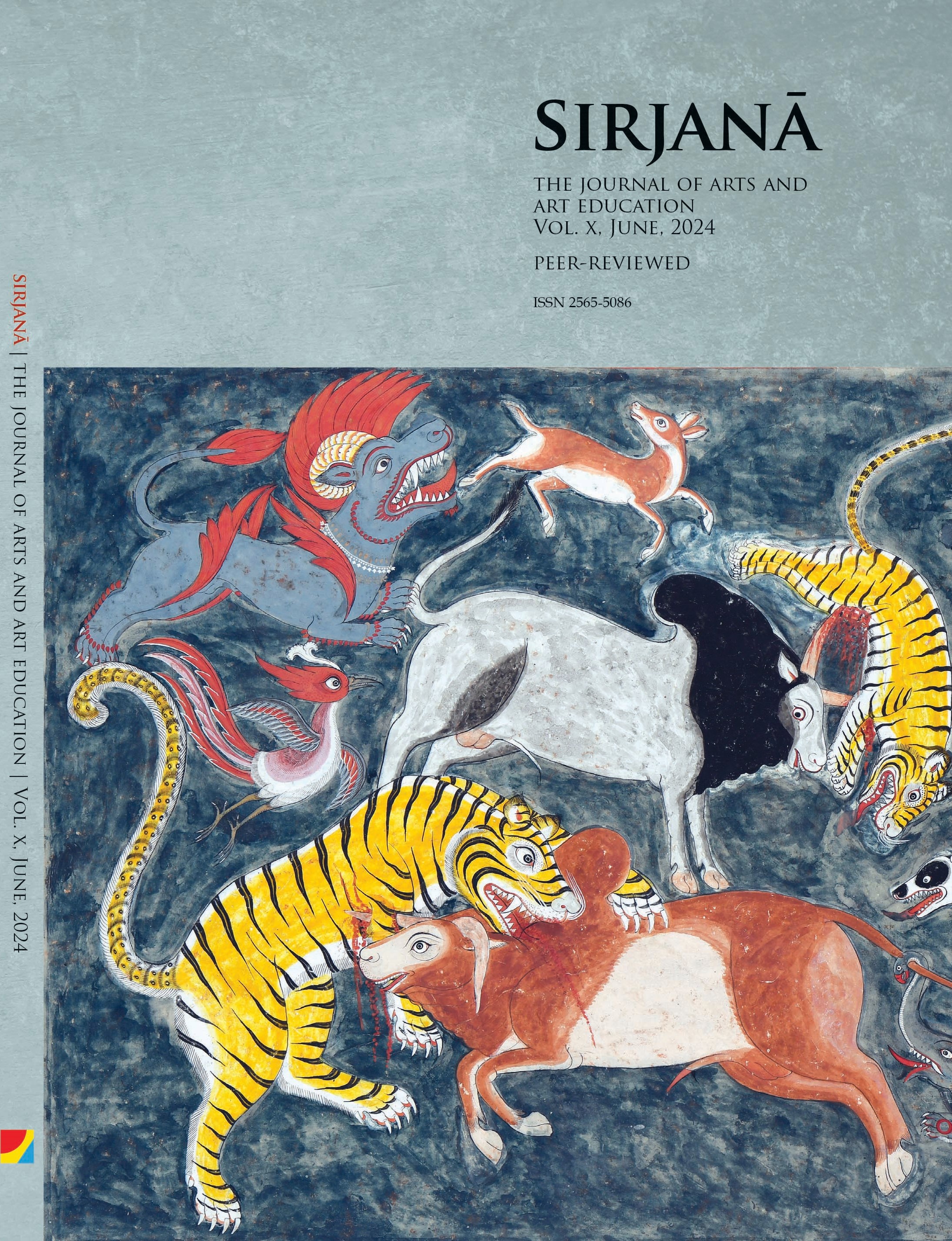Animal Portraiture in the Shah and Rana Era
DOI:
https://doi.org/10.3126/sirjana.v10i1.68691Keywords:
Animal portrait, Chitrakar, Mythical creature, National Art Museum, Shah and Rana eraAbstract
In the art history of Nepal, the portrayal of animals was never the primary subject until the late medieval period. But animals were depicted as mount of gods and goddesses incommon practice. Independent animal portraitures are seen for the first time in the Shah period. In the National Art Museum of Bhaktapur, a collection of forty-eight distinct animal portraits has been available. There are two types of animal portraiture: mythical creatures and natural fauna. Mythical beings are śārdūla, simha, śarabha, and vyāla, whereas natural fauna are wild animals available in Nepal. Mythical creatures are mostly inspired by Persia, Central Asia as well as the Far East, whereas natural fauna is influenced by Pahari, Mughal, and Mewar artistic traditions. Animals are depicted engaging in fights, chases, and brawls, based on the animal kingdom. Among them, bull fight scenes commissioned by Rana Bahadur Shah, depicted by Nepalese artists. The background of the painting reveals a portrayal of mountains, trees, rocks, rivers, and other natural elements of Paubhāḥ painting. In the early nineteenth century, Nepalese artists used to make copies by Nepali artists using a camera lucida, drawing on paper with pencil, and filling with black ink or colors. Under Jang Bahadura Rana, Nepalese artists observed the photos, sketched them onto the canvas, and then applied colors.




